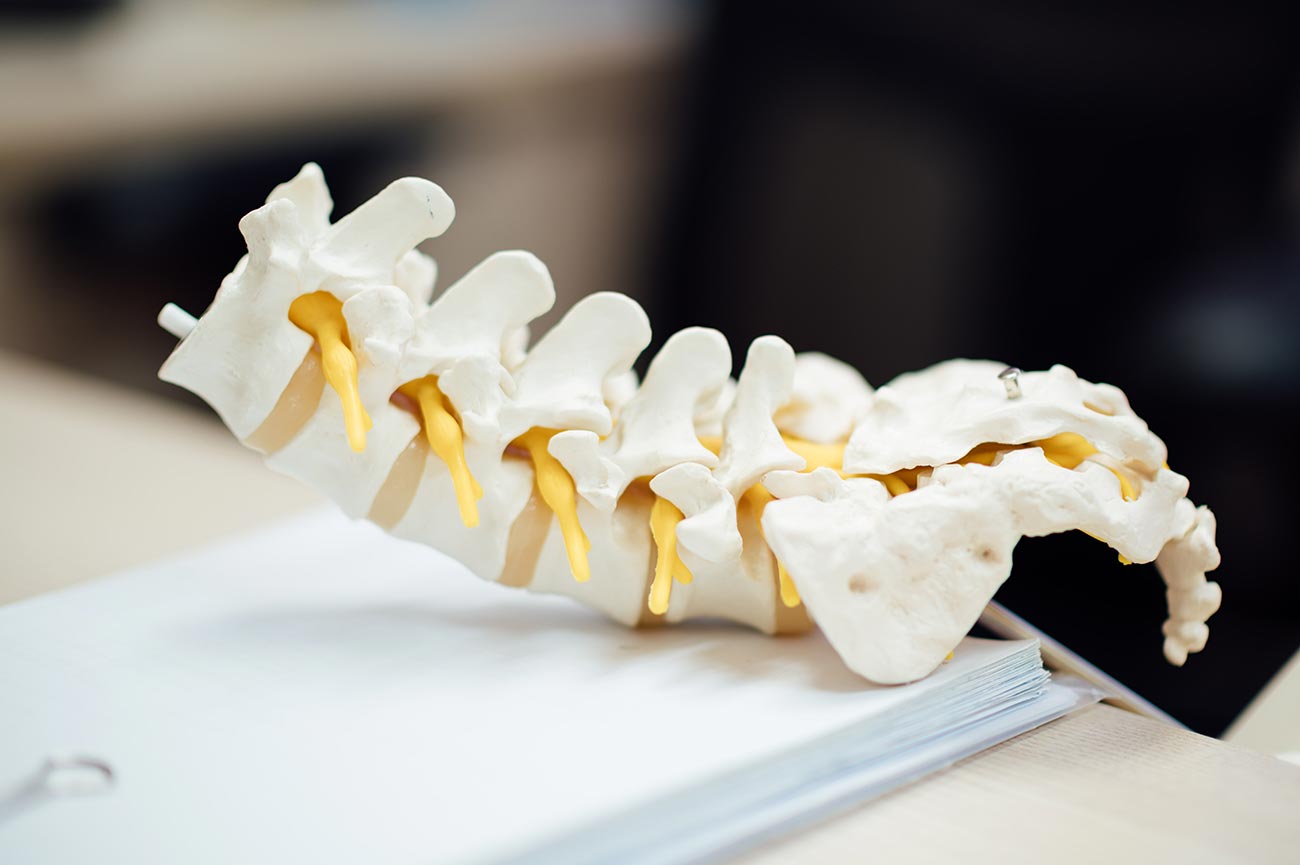Annular Disc Tear
![]()
Call (703) 520-1031 or use the form to send us your contacts.

What is the Annular Disc Tear?
An intervertebral disk is a small jelly-like circle, with a softer center (in medical Latin language – “nucleus pulposus”) encased within a tougher outer fibrous ring (in medical Latin language “annulus fibrosus”). The annulus is the strongest part of the disc and joins each vertebra together. The main role of strong annular fibers, which surround the nucleus, is to provide even distribution of pressure on intervertebral disk. The central part of the disk – the nucleus pulposus includes well-hydrated tissue and plays a role of the shock-absorber of your spine. The nucleus pulposus absorbs the influence and physical load of your daily physical activities that involve your spine.
Like any part of your musculoskeletal system (ligament, tendon, etc) the annulus fibrosus can tear or rupture. In those cases when your “annulus fibrosus” tears but mostly disc’s tissues are not ruptured, doctors call this condition as the annular tear. Although it is not an emergency or severe trauma, the outer layer of the annulus fibrosus is highly innervated, which means that it contains a lot of nerve-endings. Therefore, a tear in this disk’s part may cause significant pain.
Causes of the Annular Disc Tear
The main cause of annular tears is directly associated with the fact, that degenerative processes begin in intervertebral discs’ tissues of most people after 35 years old. In other words, mostly annular tears are the outcome of the aging-related processes in your spine. Actually, this degeneration can cause annular tears when you perform frequently repetitive motions in your spine because the annulus is in a bad condition. Besides, direct and one-time traumatic injury also can cause annular tears.
Symptoms
Most common symptoms of the annular tear include midline back pain or/and painful feeling in your legs (one side or both). This pain is usually worse when you are sitting (comparing to standing position). Movements that load excessive pressure on the disc such as forward bending, lifting and even coughing or sneezing may also provoke back pain.
Treatments
Appropriate physical therapy provided by a specialist is the main part of annular tear’s treatment. In addition, it can include exercises, and pharmacotherapy such as painkillers, and anti-inflammatory drugs. In most cases, patients can feel pain relief with these treatments methods in few weeks. However, if pain persists and non-responsive to conservative treatment, your physician may discuss with you more radical approaches, such as surgical intervention.
